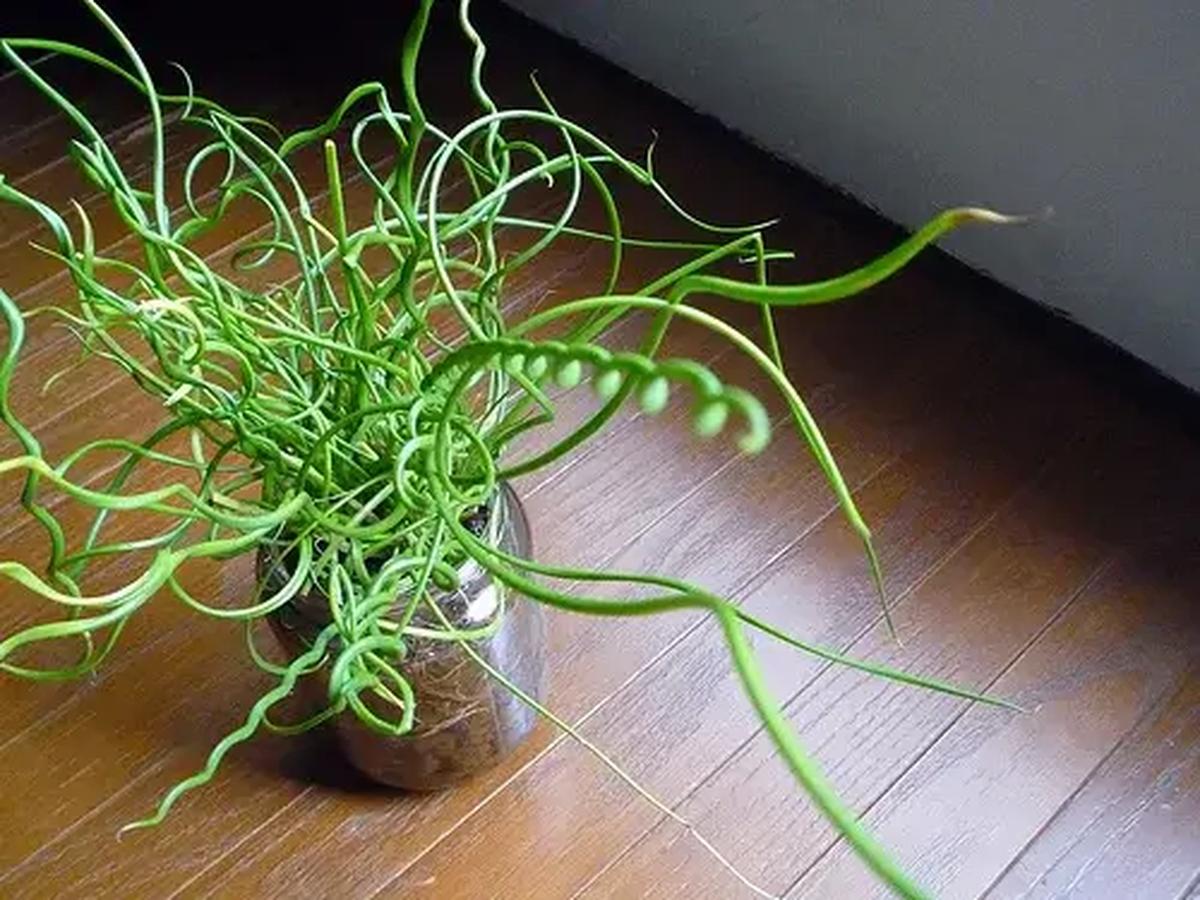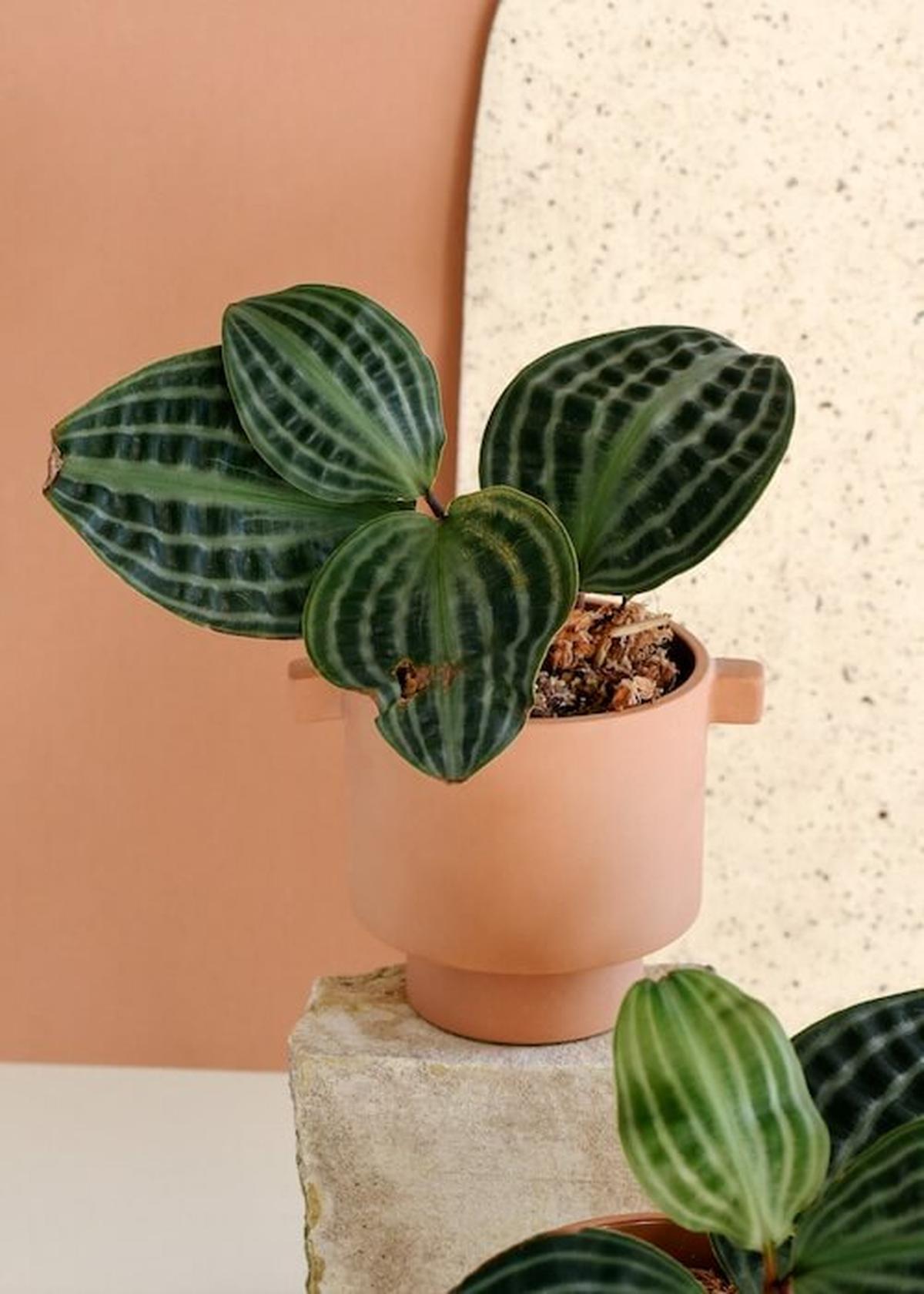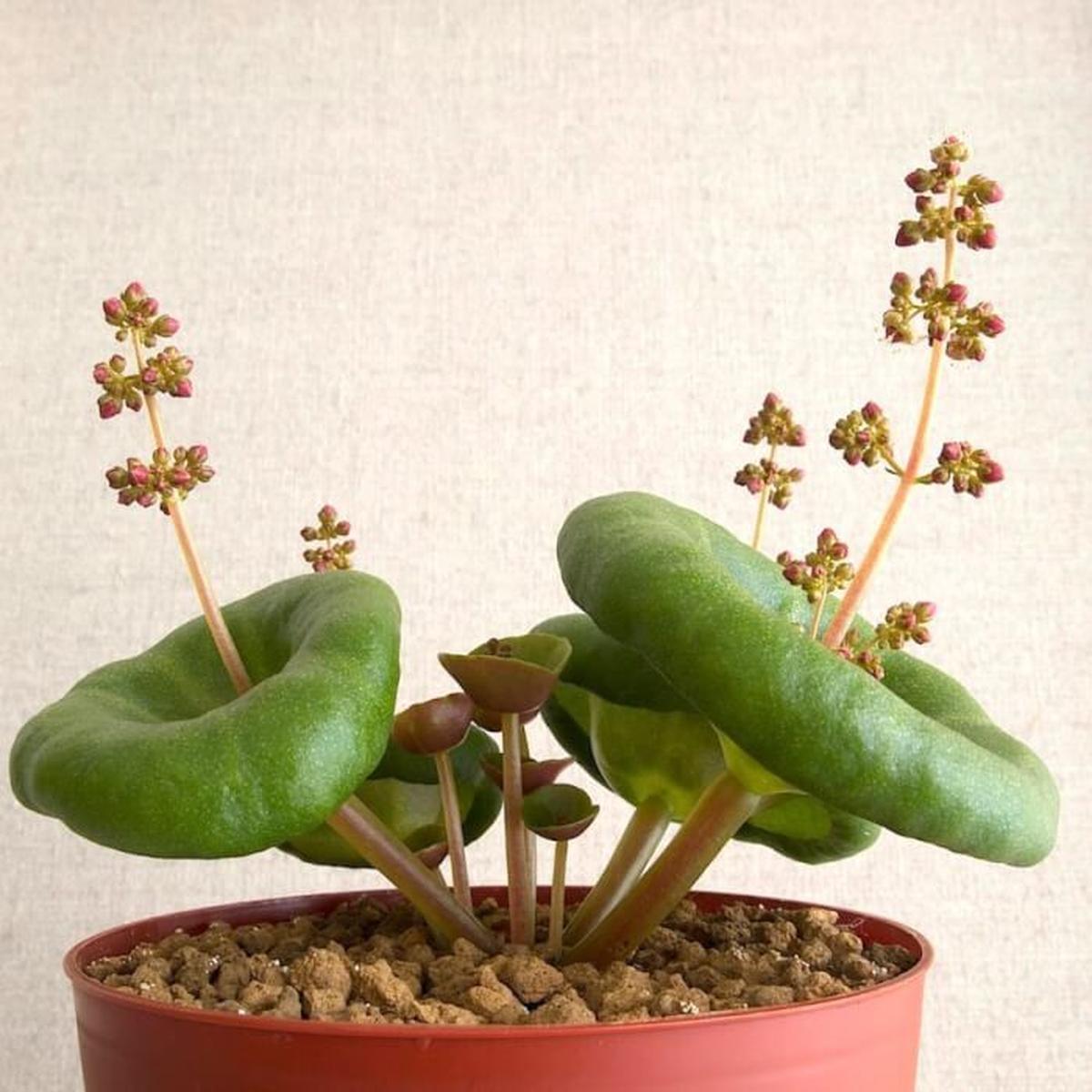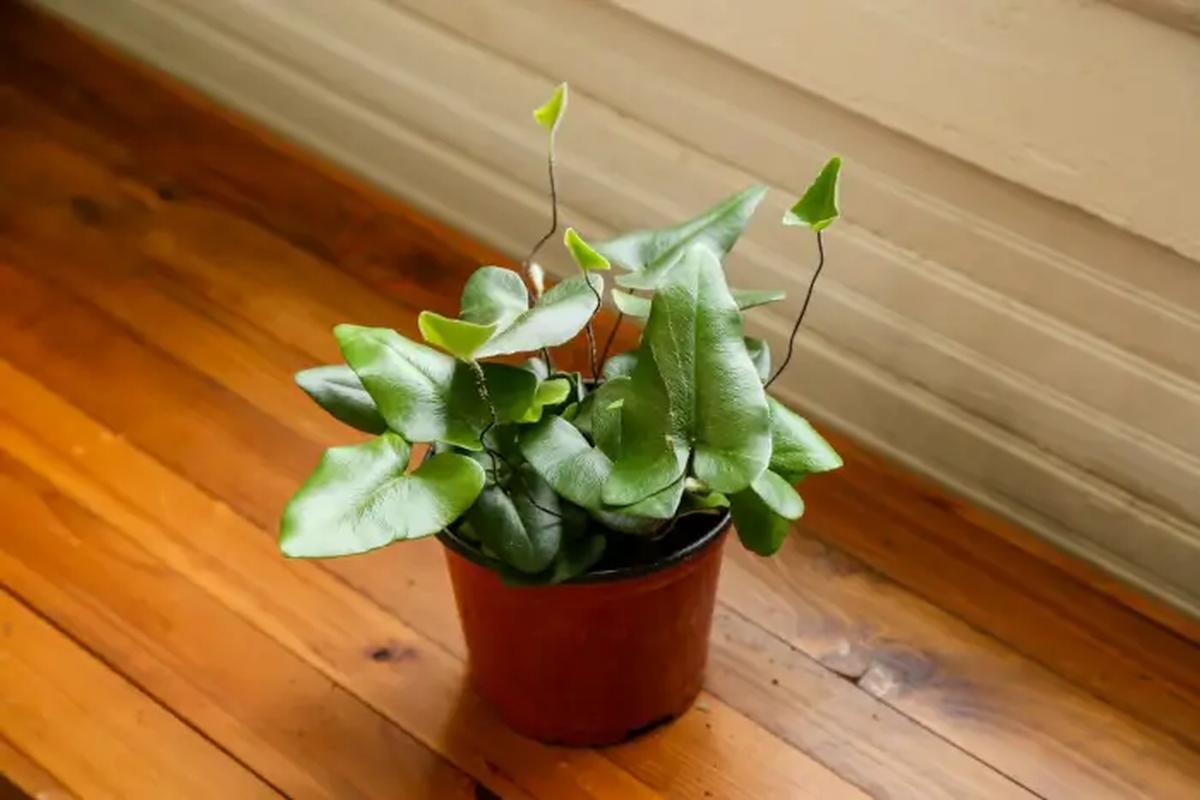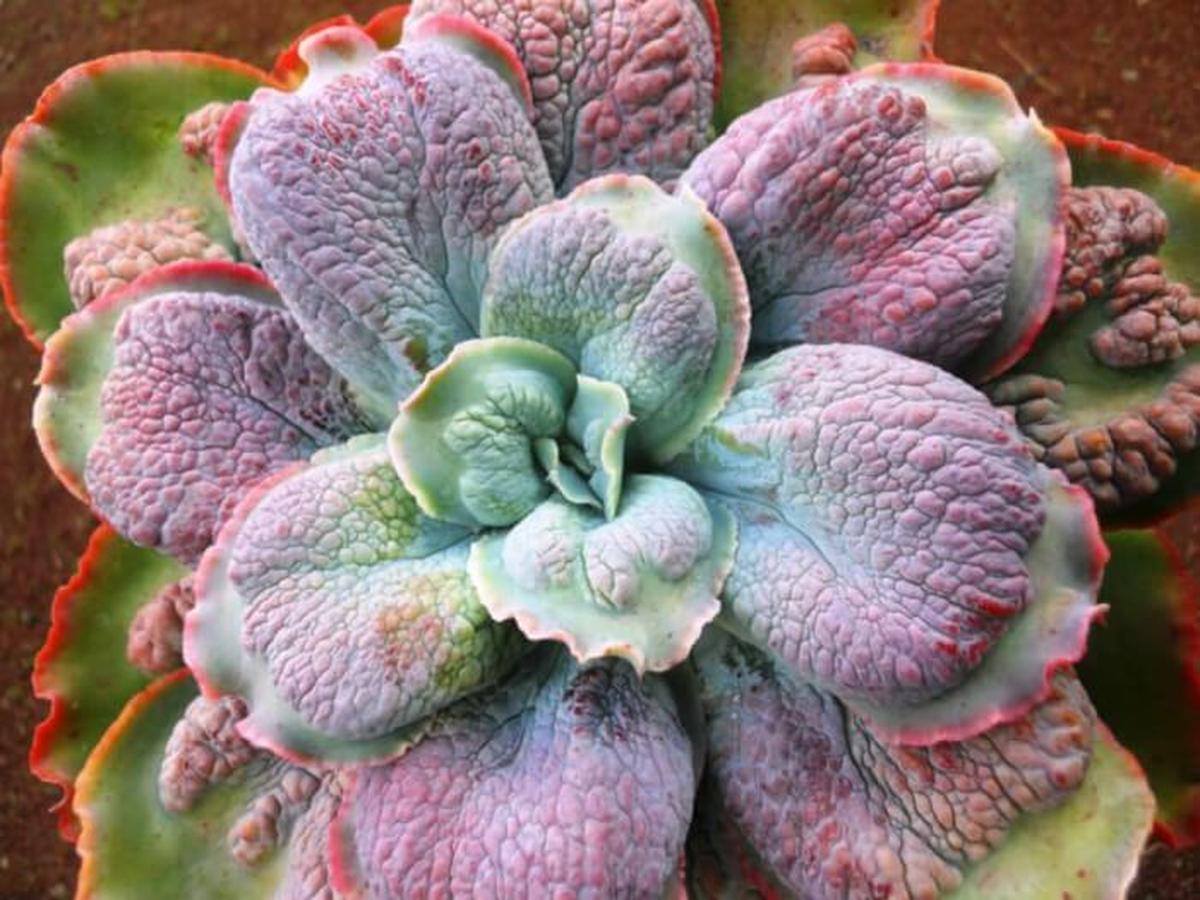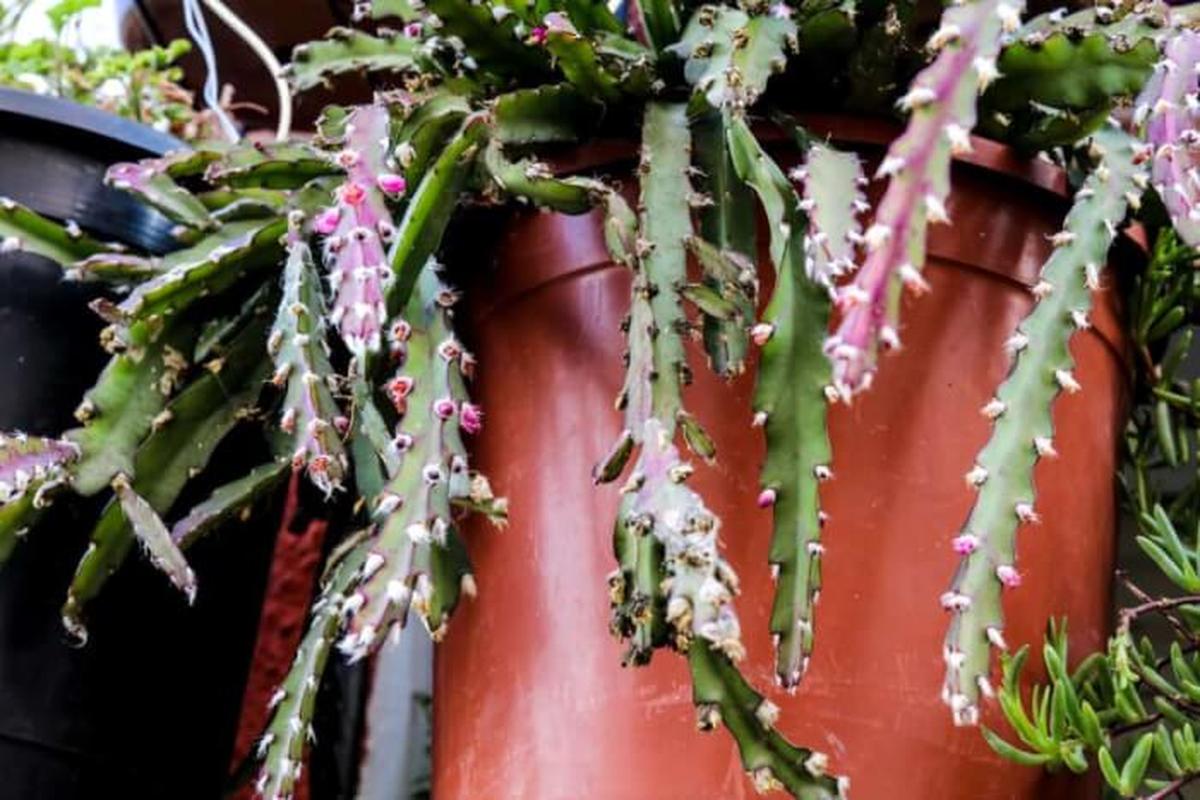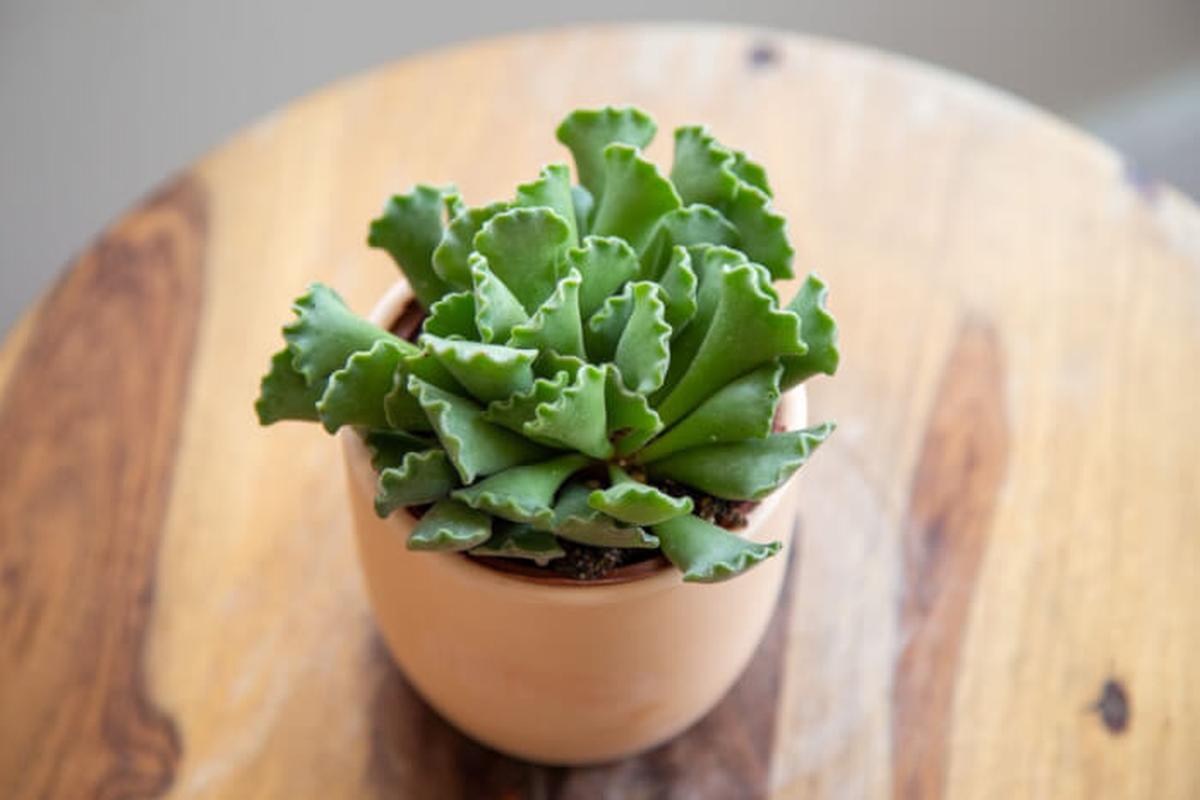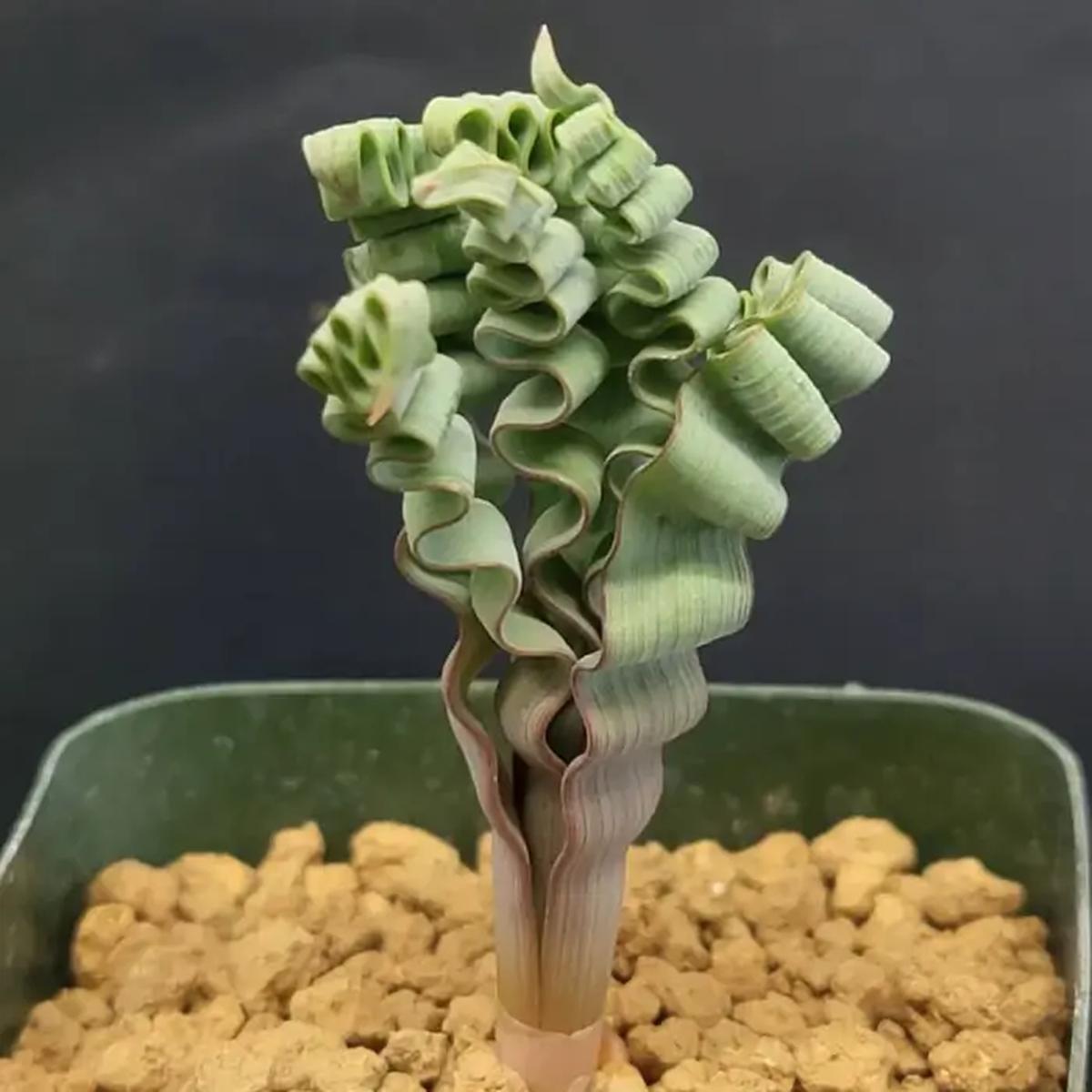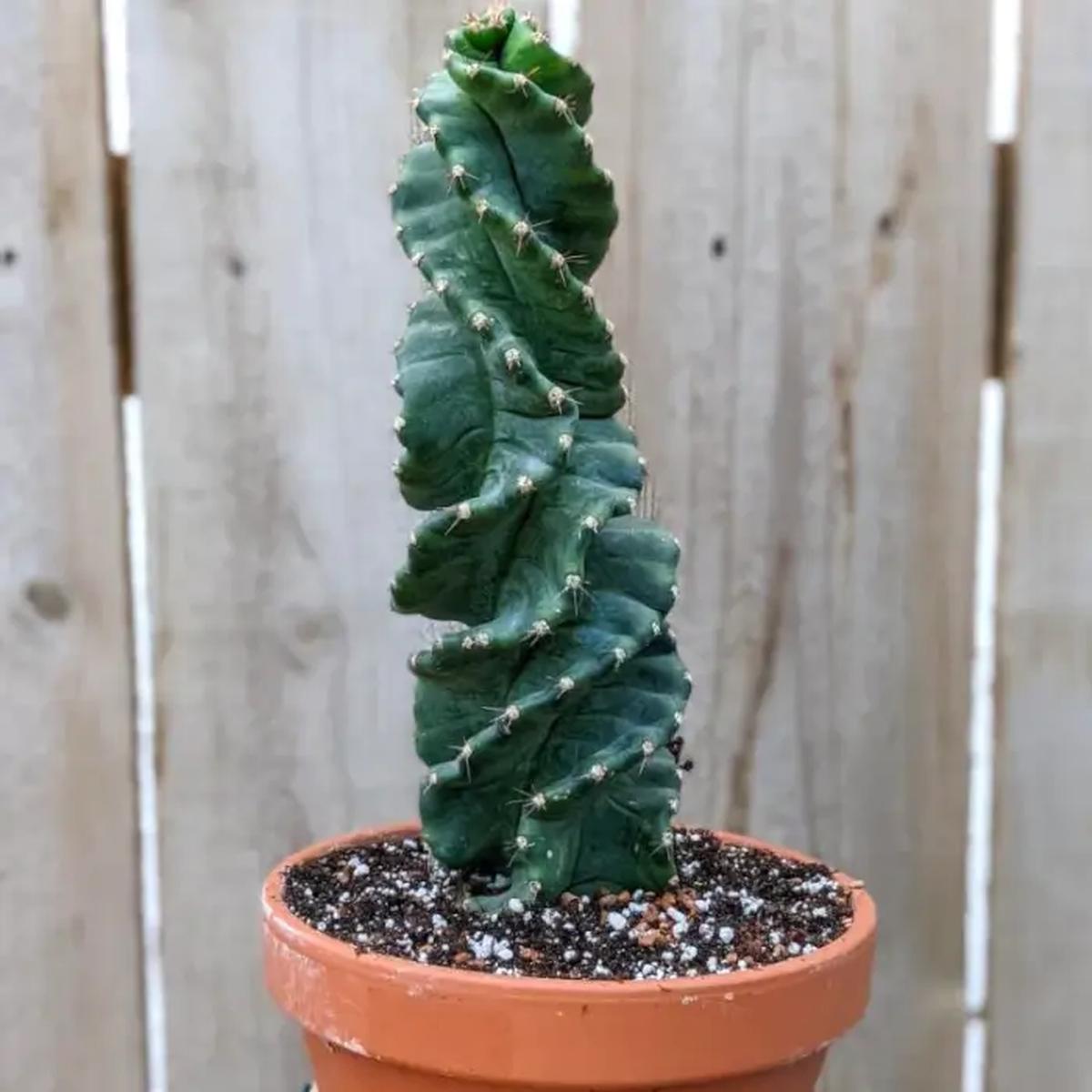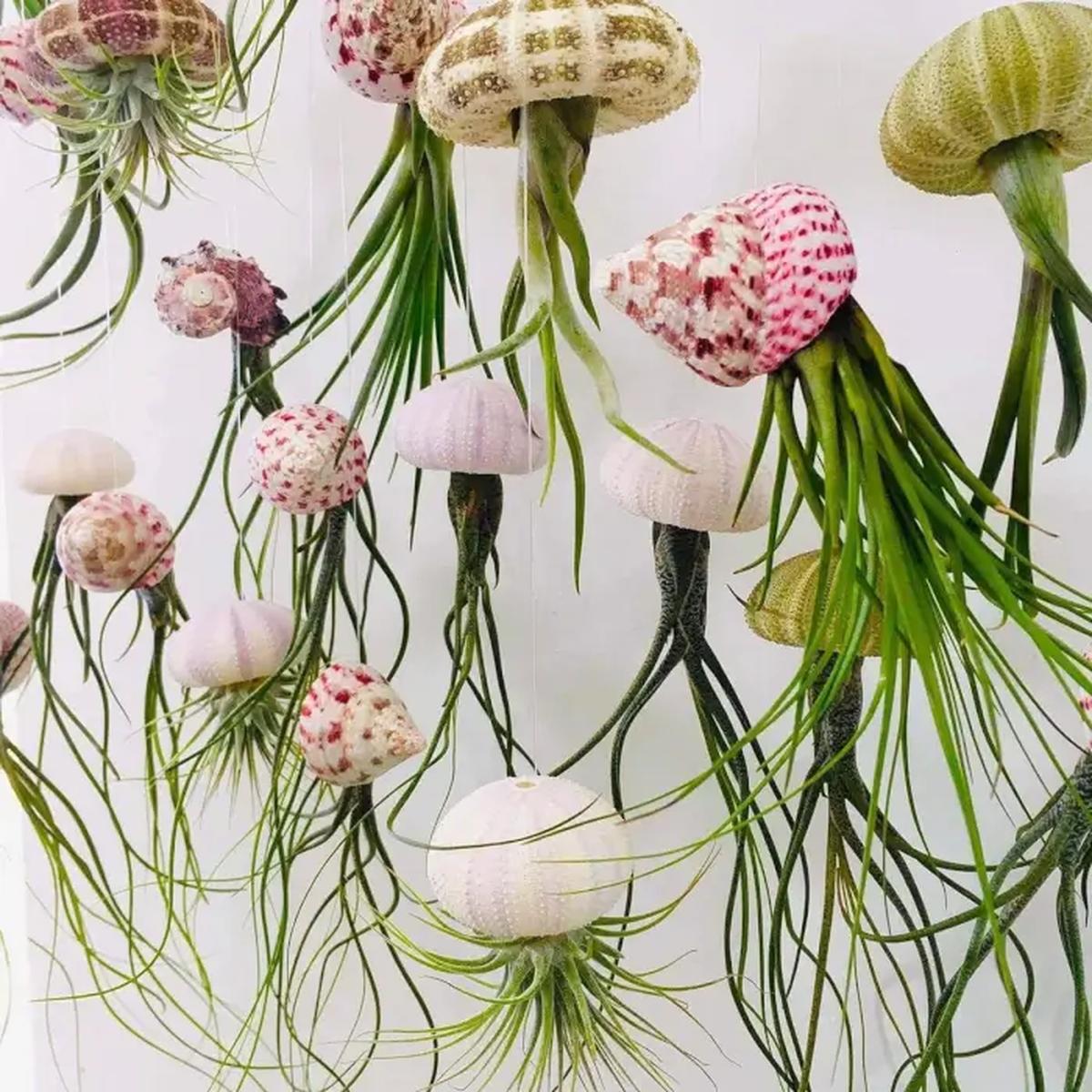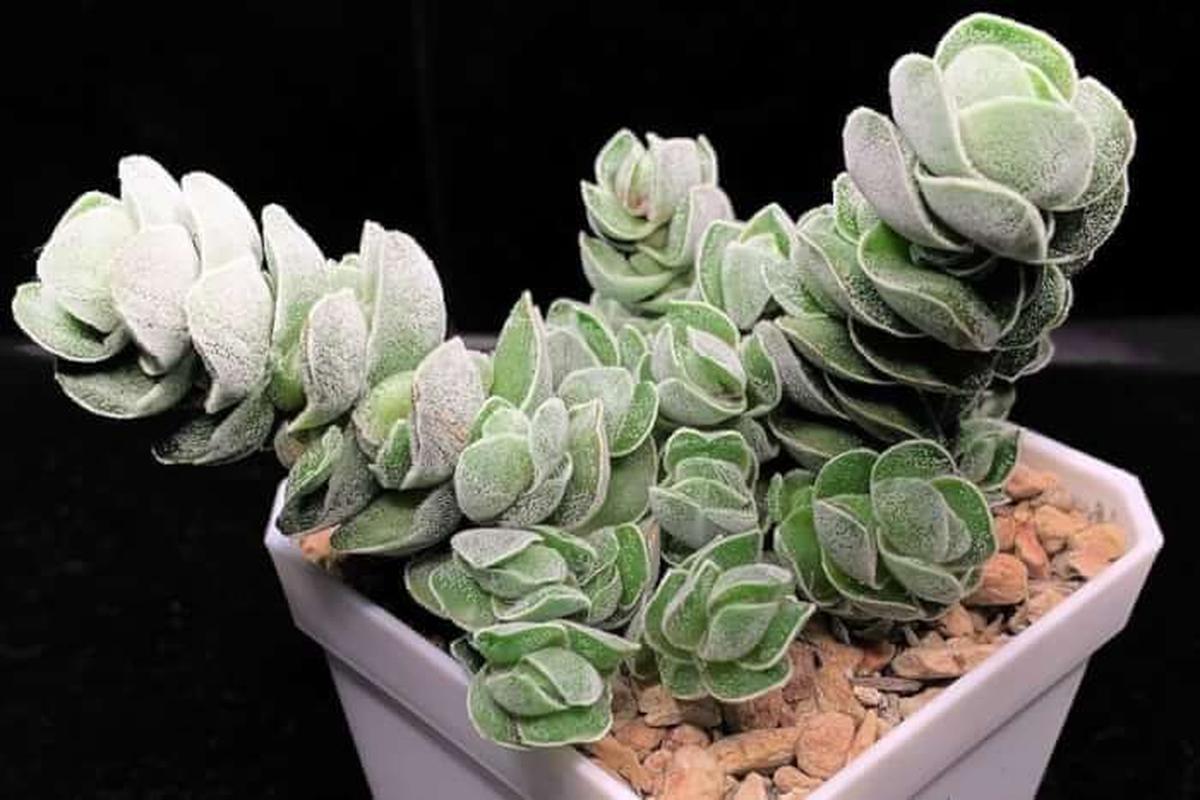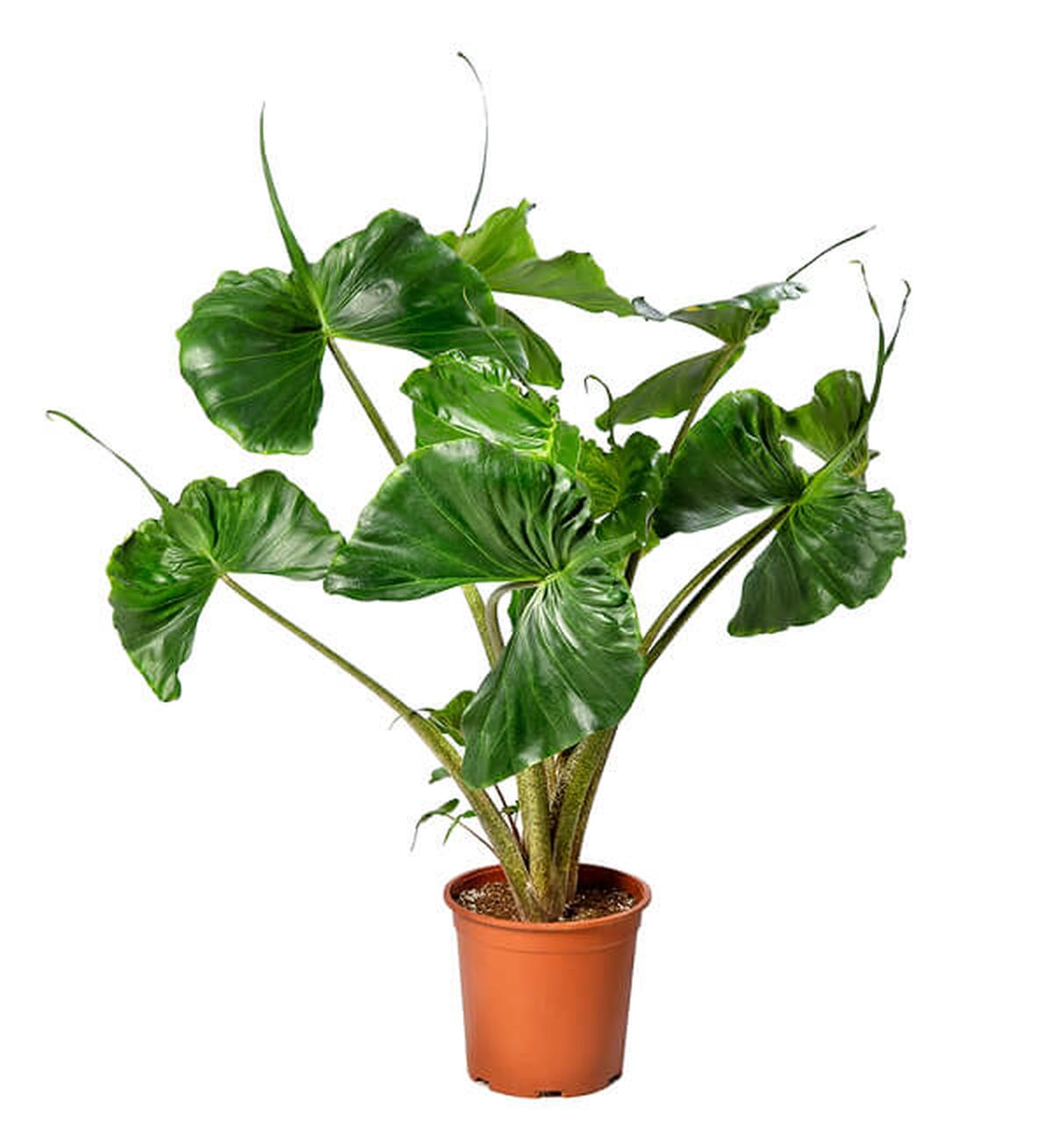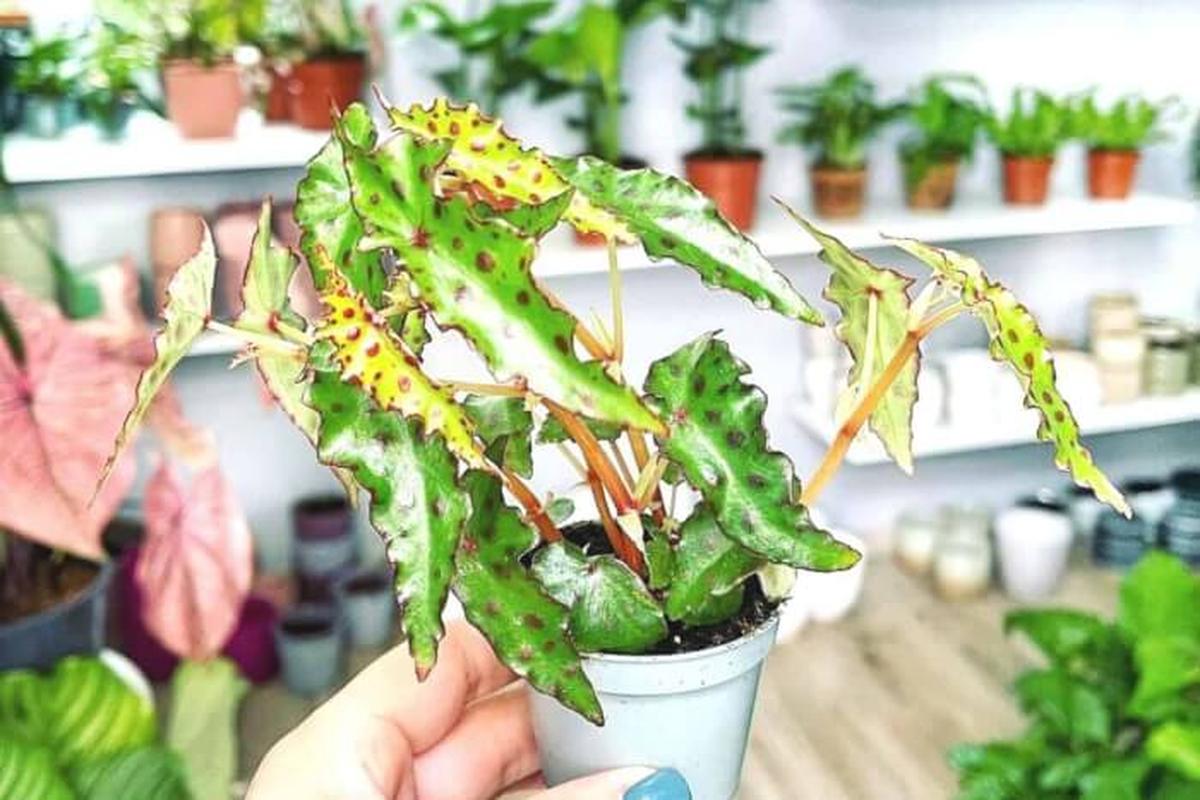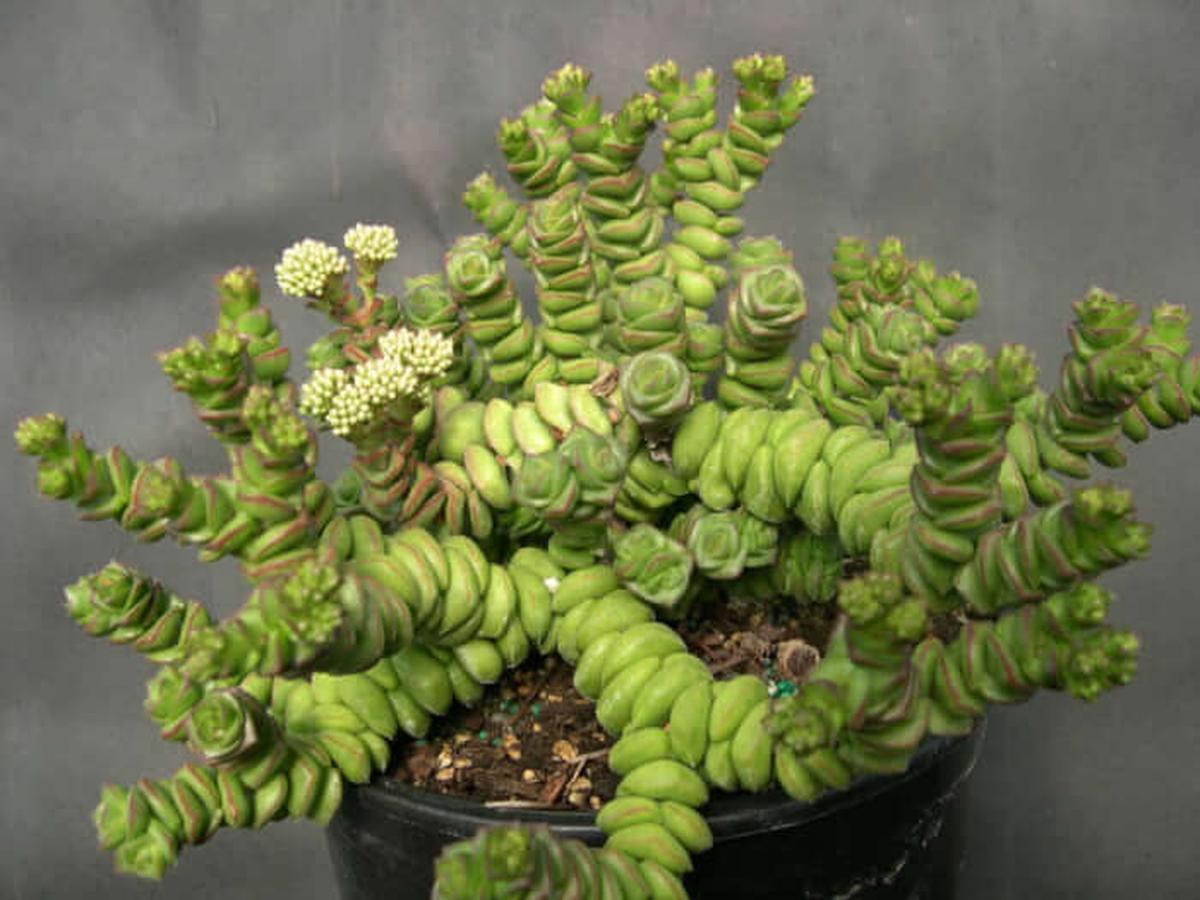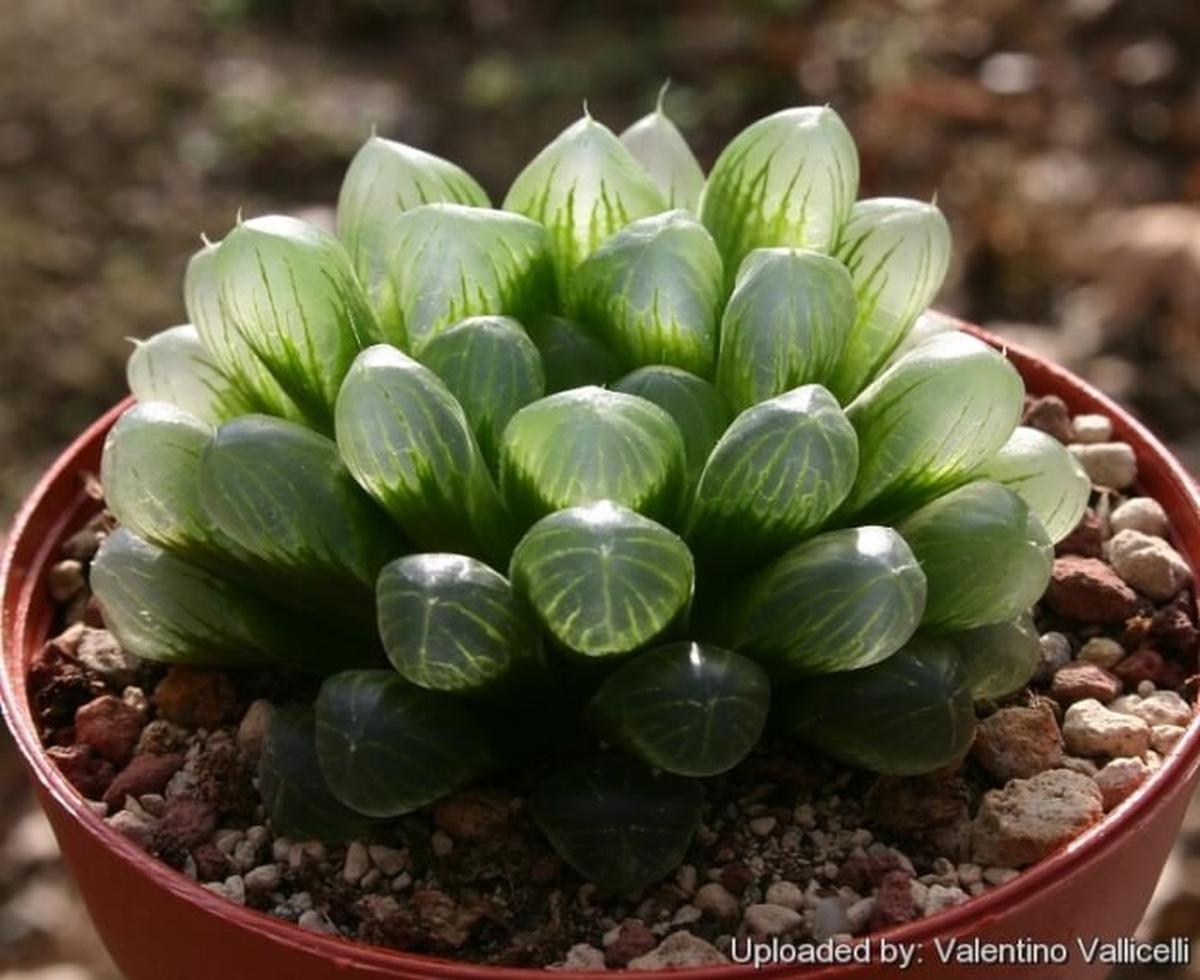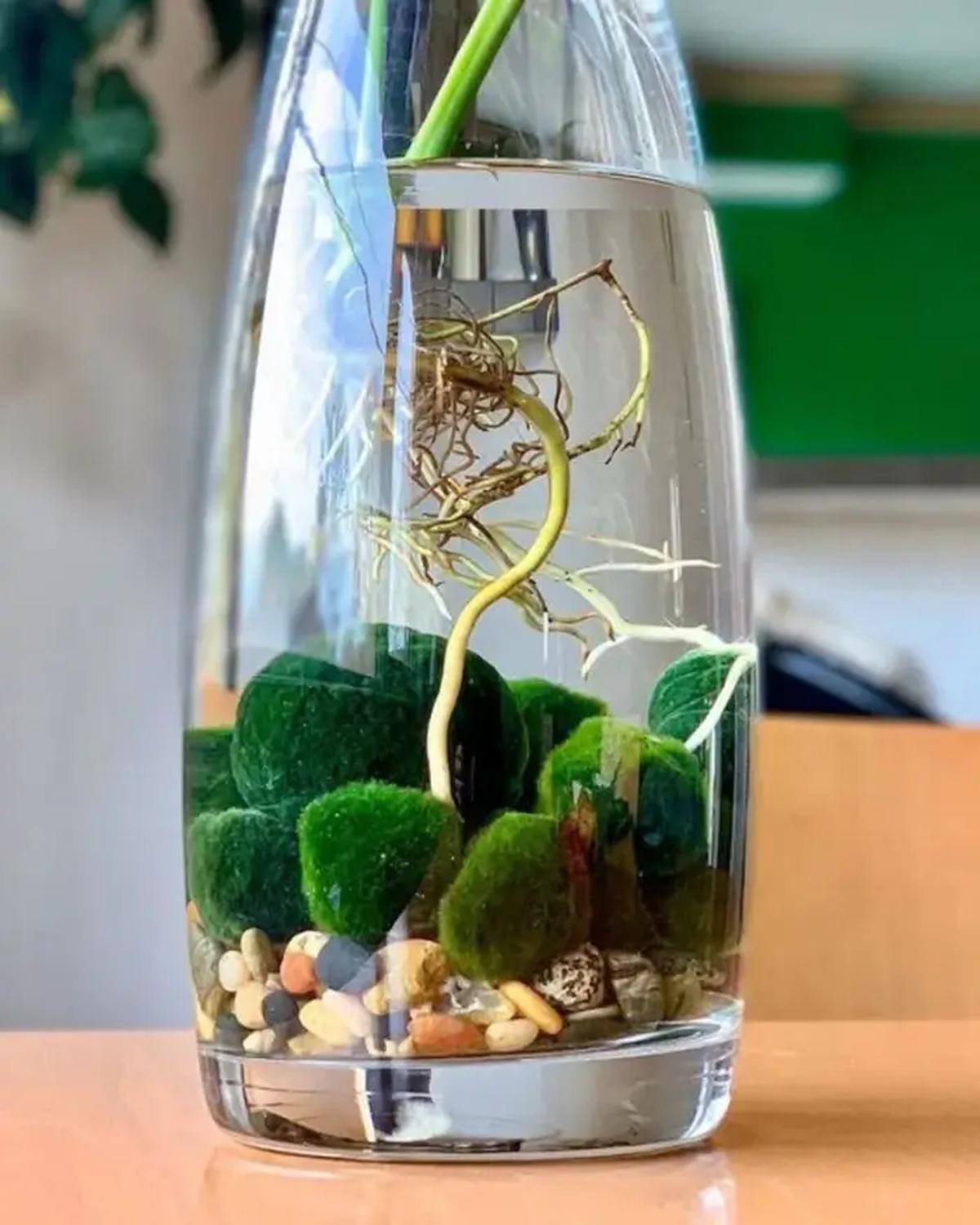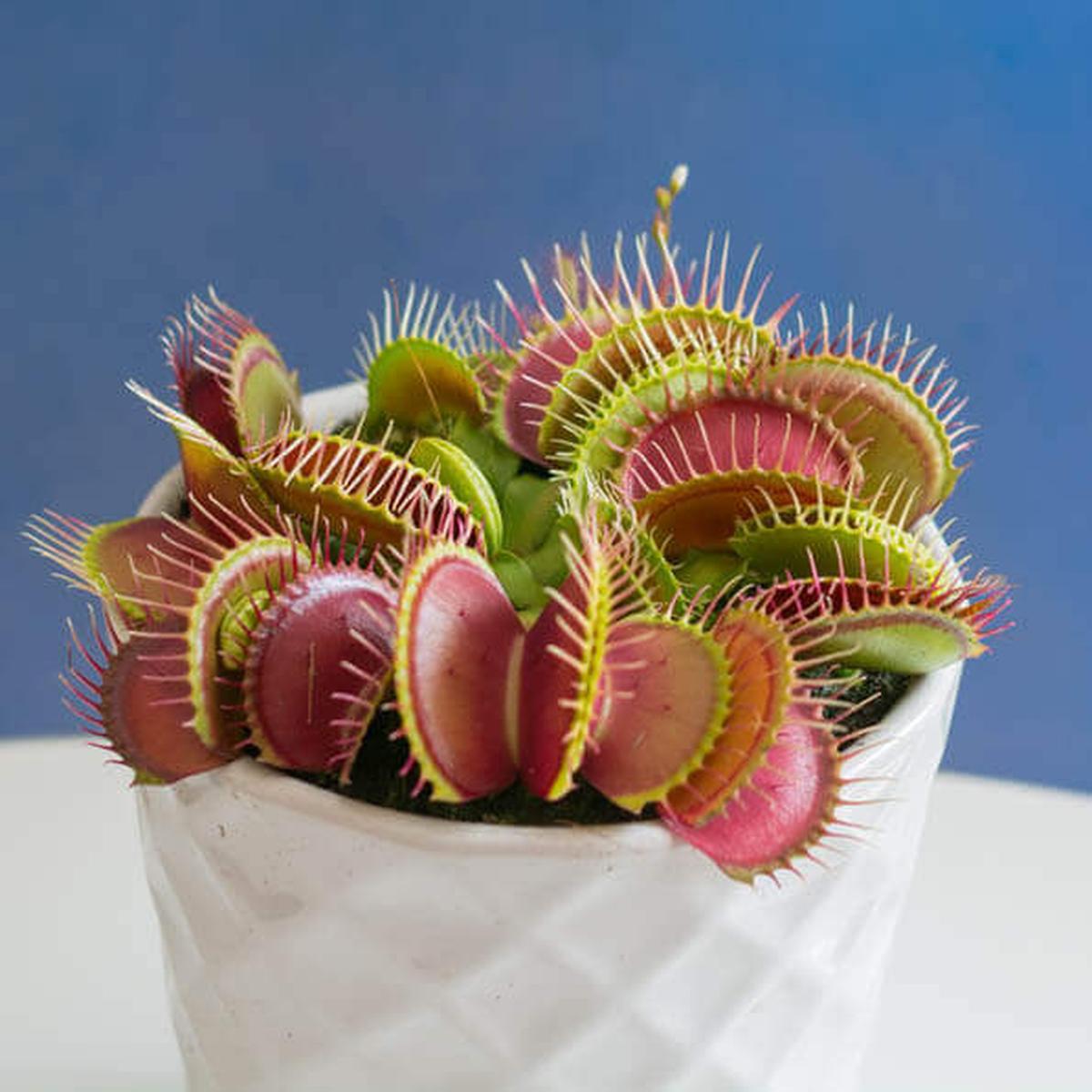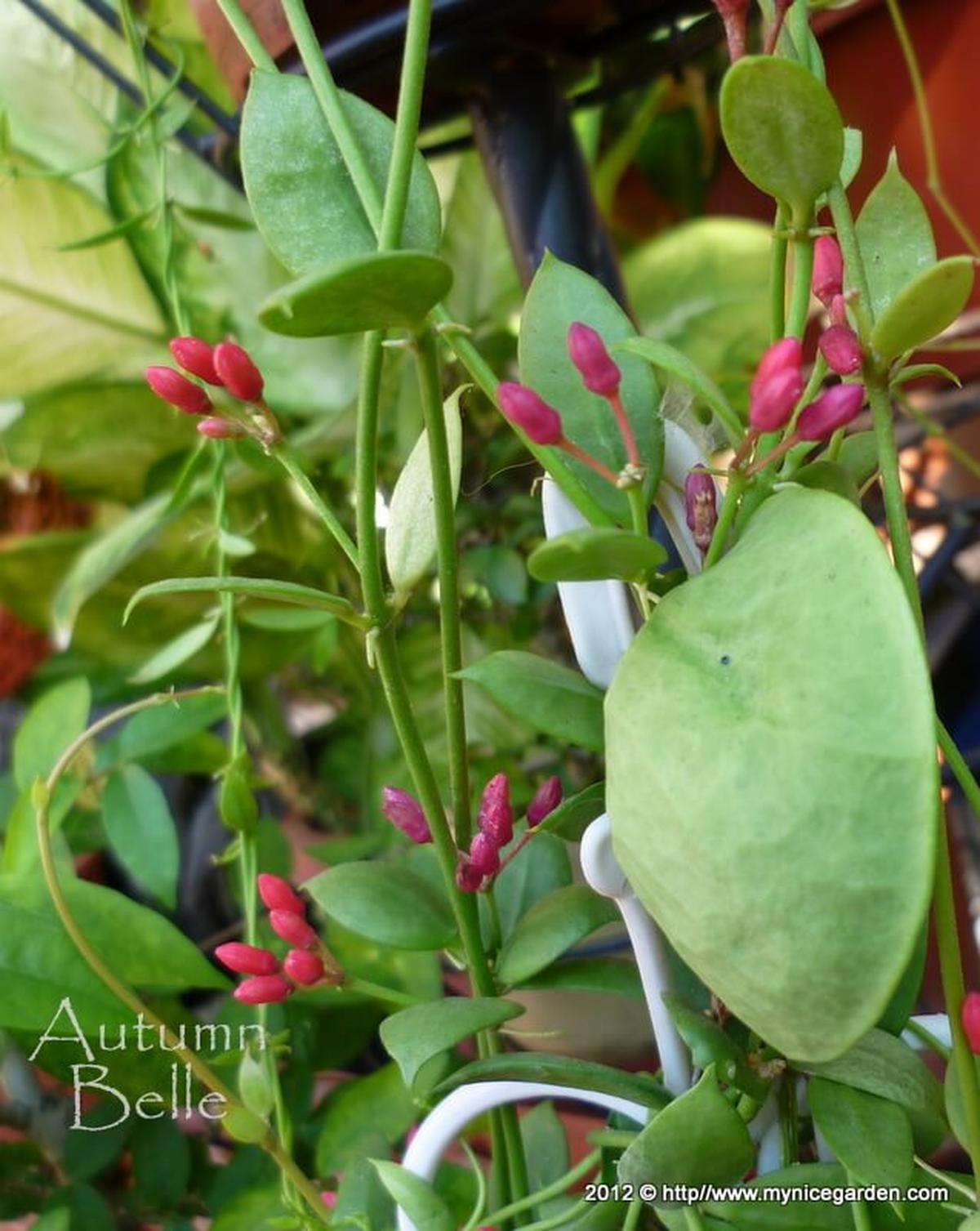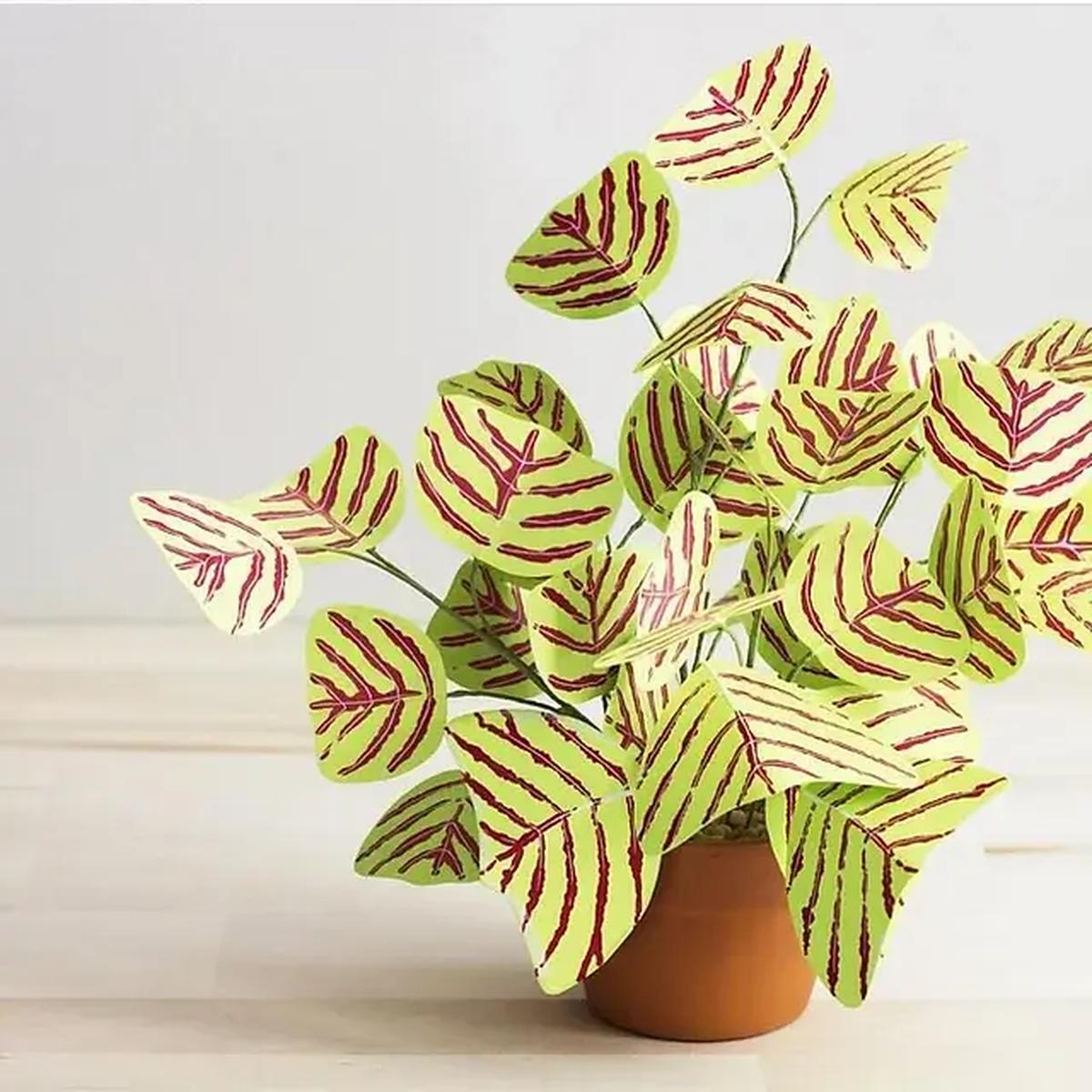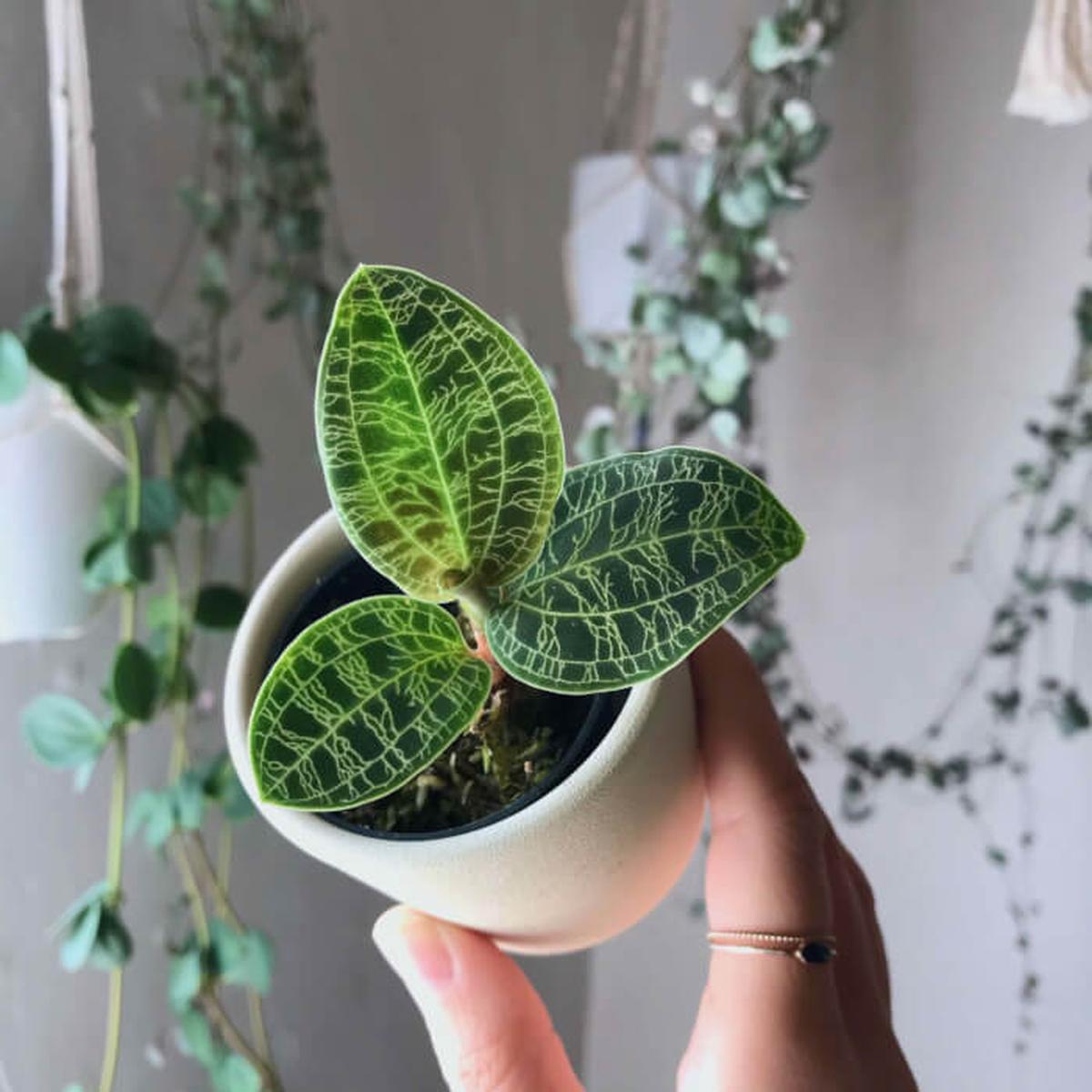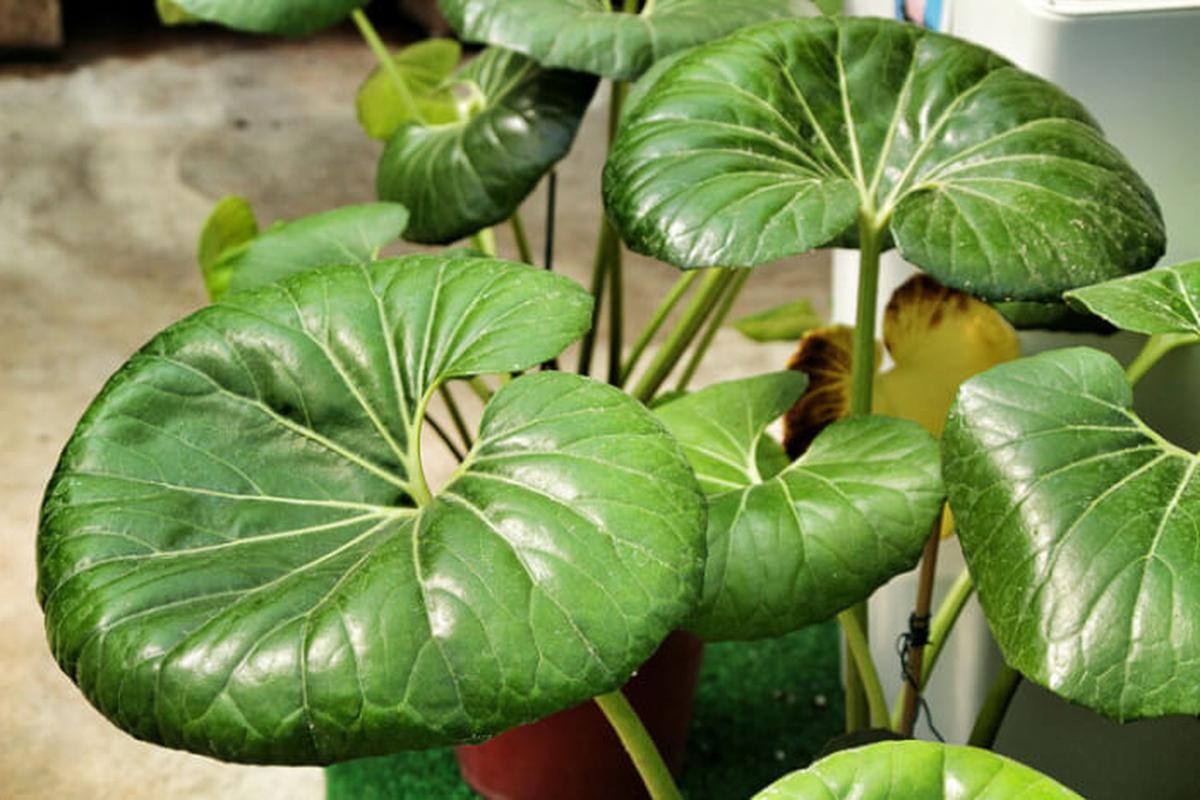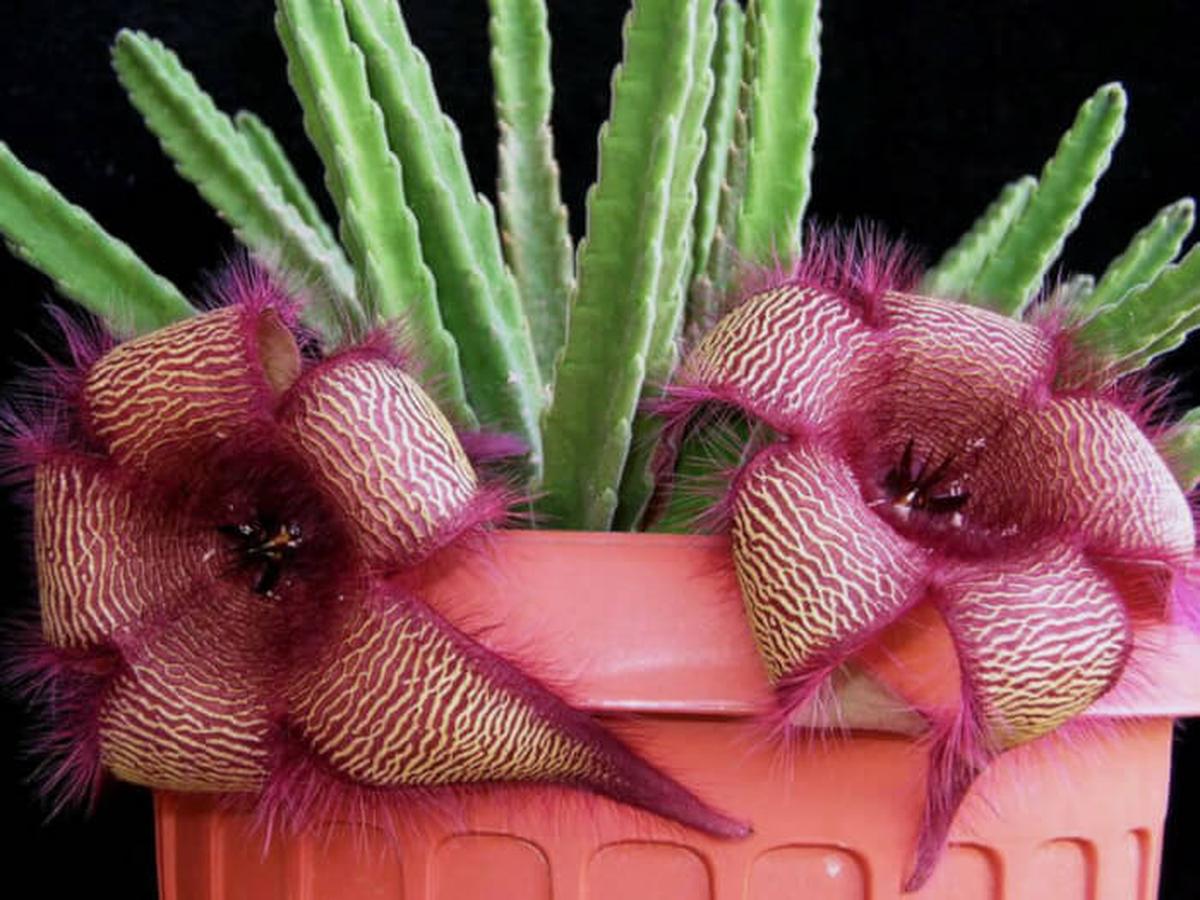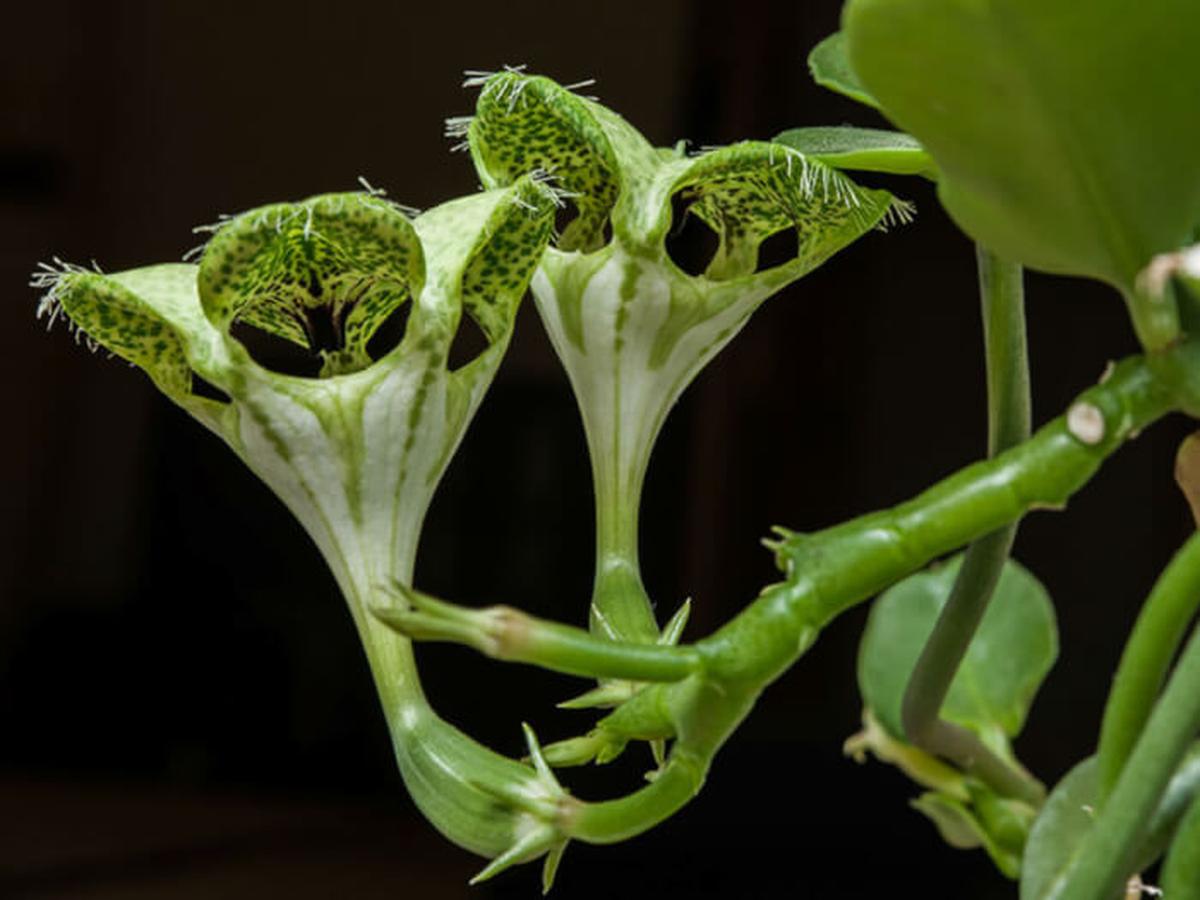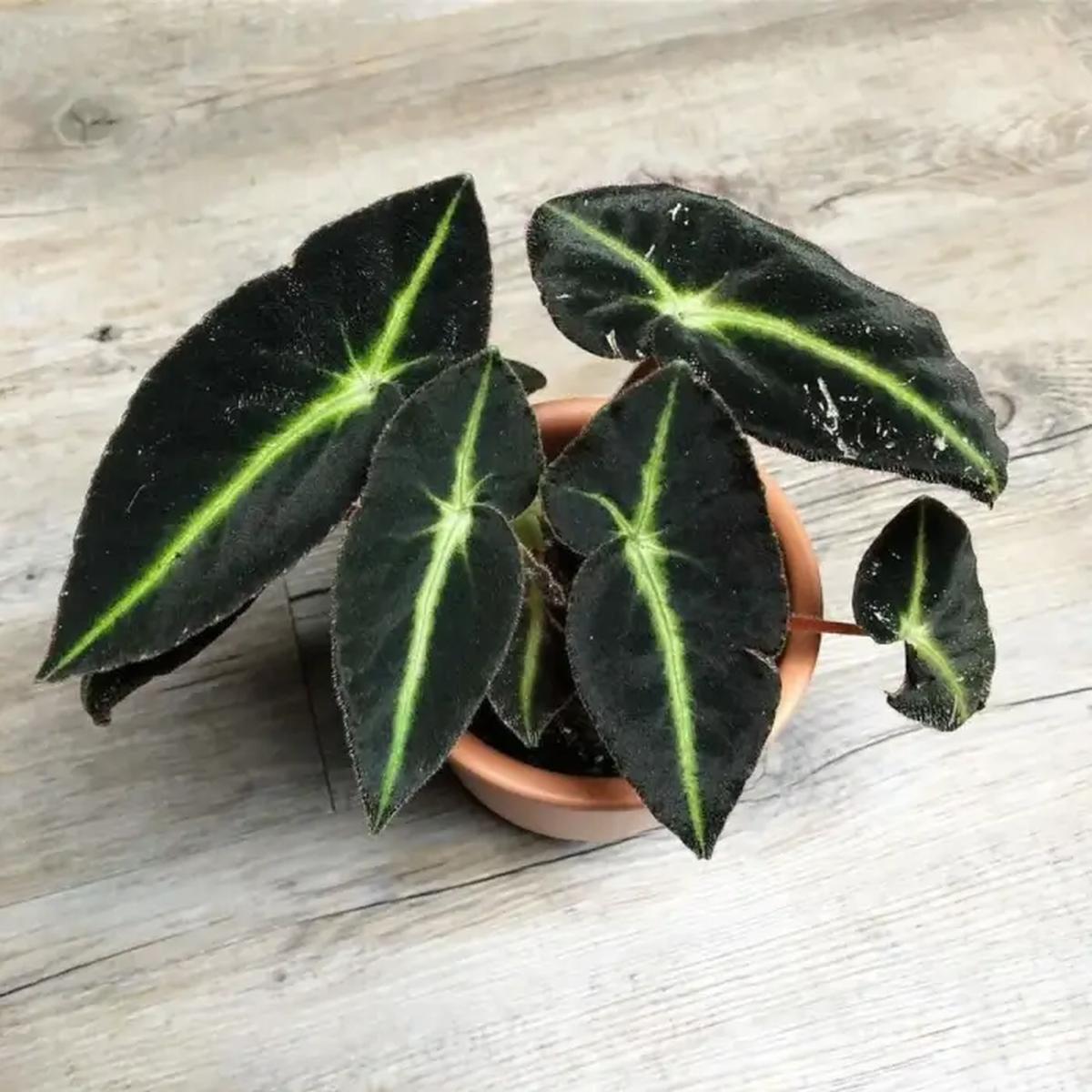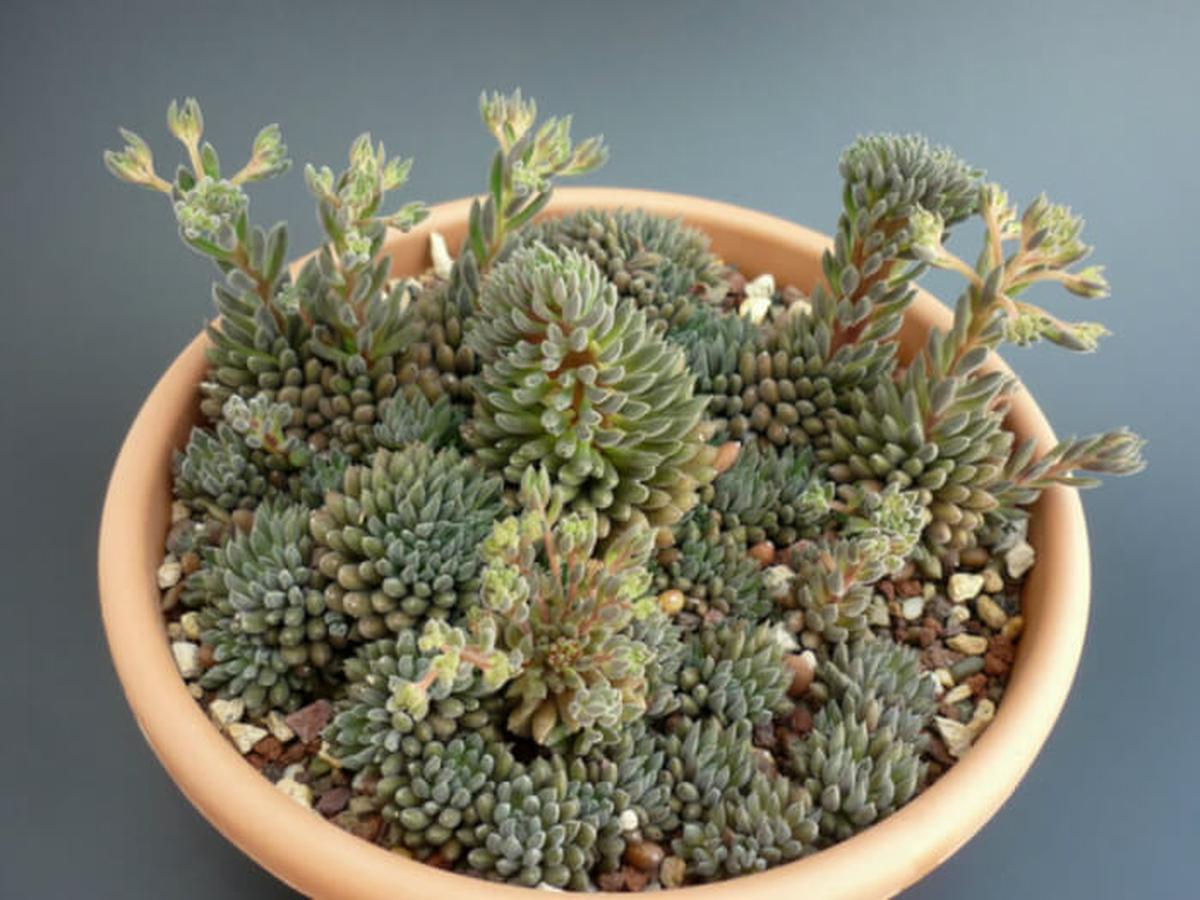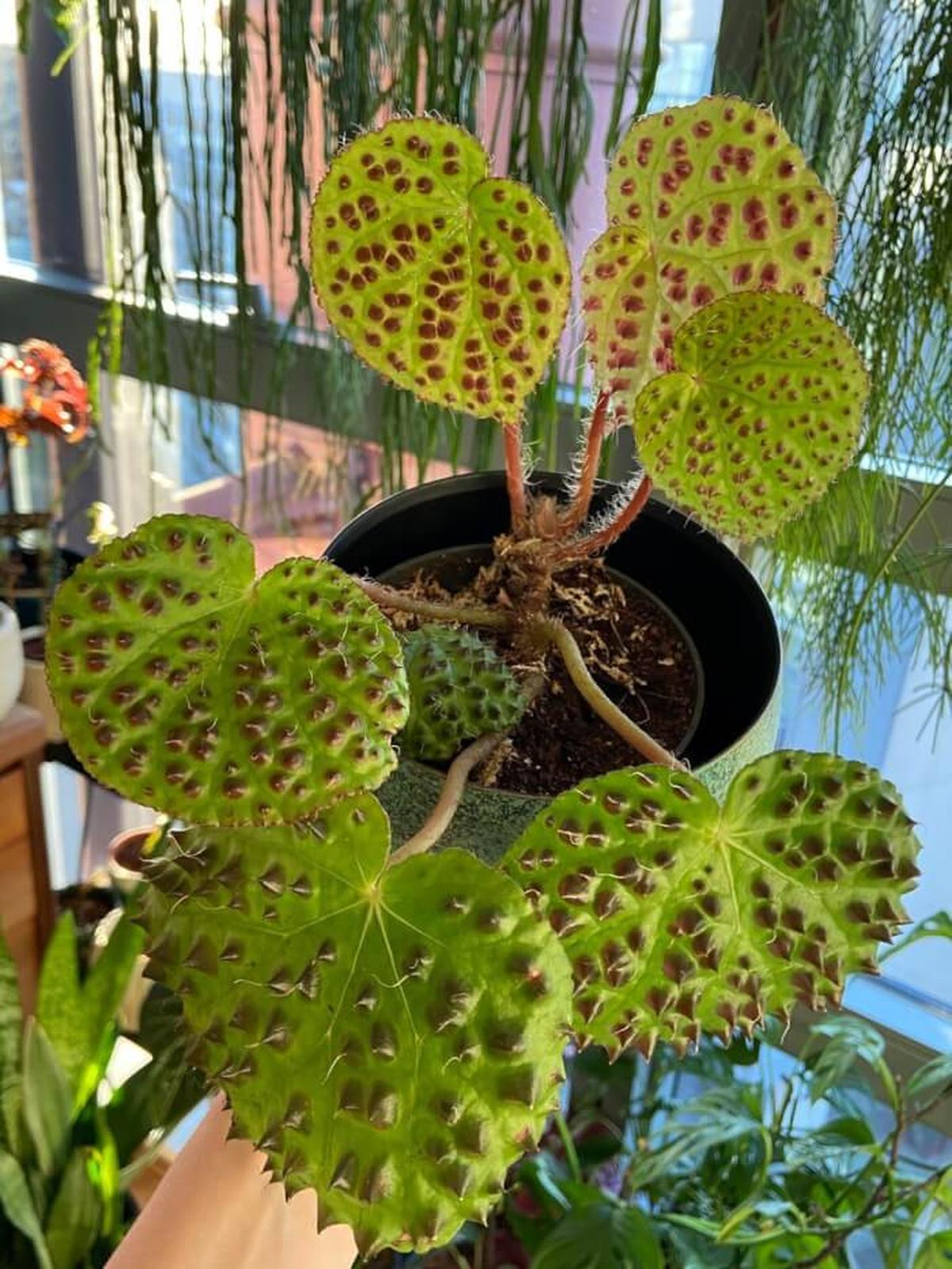26 Unique Houseplants with Strange Leaves for Your Collection
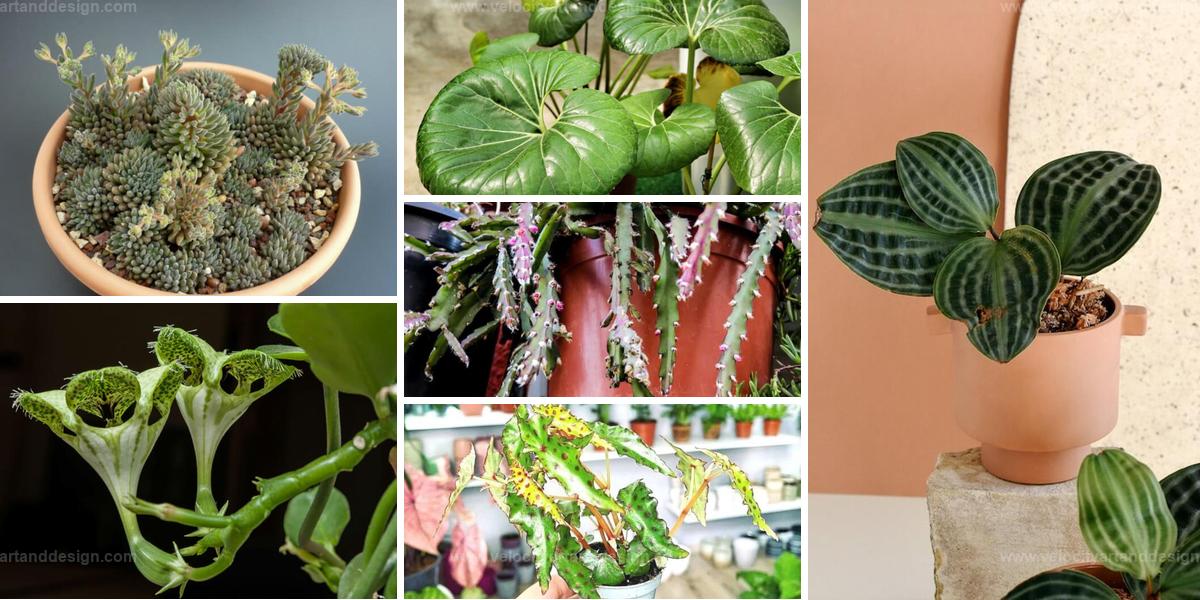
Houseplants with strange leaves are fascinating, adding a quirky charm to any indoor space. These plants stand out with their unusual shapes, patterns, and textures.
Their leaves can vary from striking geometric designs to curling edges or even bold color contrasts. Growing these houseplants brings both visual interest and a touch of the exotic into your home.
Each one offers something unique, perfect for plant lovers looking for something different. Let’s explore 26 houseplants that feature the strangest leaves:
Corkscrew Rush (Juncus Effusus Spiralis)
Corkscrew Rush, known scientifically as Juncus Effusus Spiralis, presents a striking feature in any garden with its unique spiral-shaped leaves. Growing up to 18 inches tall and wide, it thrives in various conditions without requiring additional plants for coverage.
Its lush greenery fills space beautifully from the base upward. When provided with ideal care, this plant can flourish for approximately eight years, making it a long-lasting choice for your landscape.
I find its rapid growth particularly appealing when planning vibrant outdoor spaces that need little maintenance while still looking full of life.
Seersucker Plant (Geogenanthus Poeppigii)
The seersucker plant, known scientifically as geogenanthus poeppigii, has a fascinating growth pattern. With proper care and ideal environmental conditions, it can achieve impressive dimensions of 6 to 8 inches in both height and width.
This tropical gem thrives when nurtured correctly. Its unique foliage makes it an appealing choice for indoor gardens or shaded areas outdoors.
Cultivating this plant not only adds visual interest but also enhances the overall aesthetic of your space with its lush presence.
Wine Cup (Crassula Umbella Wine Cup)
The wine cup, scientifically known as crassula umbella, captivates with its unique structure. Standing at approximately 15 cm tall, this succulent features slender leaves that arch gracefully to form an umbrella shape.
This eye-catching plant is a fantastic addition for any space needing a touch of natural beauty. Its distinct appearance not only draws attention but also adds character to your collection or decor.
Cultivating such unusual greenery brings joy and intrigue into everyday life while being easy to care for.
Heart Leaf Fern (Hemionitis Arifolia)
Heart leaf fern, known scientifically as hemionitis arifolia, is a remarkable plant that captivates with its unique foliage. Unlike many ferns that unfurl from a crozier, this one showcases slender black stalks at first glance.
As these stems grow, they reveal an exquisite single leaf that matures into a distinct shape over time. The beauty of this fern lies in the intricate designs of its leaves, which set it apart in any collection.
Adding such an intriguing specimen can truly enhance your indoor garden or plant display.
Barbillion Echeveria (Echeveria Gibbiflora Barbillion)
The barbillion echeveria, known for its remarkable adaptability, can grow up to 45 cm. Over time, you will see it develop a long stem that appears bare as the plant matures.
Its beauty lies in its ability to shift colors and forms with each season, captivating anyone who observes it. This variety of echeveria stands out due to these dynamic characteristics that enhance any space.
I find this transformation fascinating and truly appreciate how nature offers such diversity in plants.
Hurricane Cactus (Lepismium Cruciforme)
Lepismium cruciforme, commonly known as the hurricane cactus, belongs to the Cactaceae family and is recognized for its intriguing floral display.
Its slender, trailing stems are reminiscent of Rhipsalis species but with unique characteristics that set it apart.
This perennial plant is primarily grown not just for its flowers but also for its appealing pencil-like branches that cascade elegantly over the edges of containers.
The succulent nature of these leaves enhances both texture and aesthetic appeal in any indoor or outdoor garden setting.
Crinkle Leaf Plant (Adromischus cristatus)
The crinkle leaf plant, known scientifically as adromischus cristatus, features distinctive triangular leaves that boast a unique gray-green hue. These compact and fleshy leaves grow upright from a central point, giving the plant an intriguing appearance.
Over time, their tops develop charming crinkles that add to its visual appeal. This slow-growing succulent thrives in various environments while requiring minimal care.
Its striking look makes it a fascinating addition to any collection or home decor scheme.
Trachyandra (Trachyandra)
Trachyandra captivates with its striking blooms that appear in late winter to early spring. As the season transitions, you can expect a sturdy stalk to emerge from the plant's base, showcasing delicate flowers ranging from pale pink to white and gray hues.
This succulent not only brightens your garden but also thrives with minimal care. Its unique flowering period adds charm during those cooler months when many other plants remain dormant.
Cultivating Trachyandra brings an enchanting touch of nature into any space as it blossoms gracefully each year.
Spiralis Cactus (Cereus Forbesii Spiralis)
Discover the allure of spiralis cactus, known scientifically as cereus forbesii spiralis. This remarkable plant features soft white areoles that sprout slender yellow-brown spines, adding a unique texture to its appearance.
During blooming periods, it showcases stunning funnel-shaped flowers in delicate shades of pink and white. These eye-catching blooms provide an incredible visual experience that brightens any space.
Cultivating this striking cactus not only enhances your collection but also introduces a touch of natural beauty into your environment.
Jellyfish Air Plant (Tillandsia)
The jellyfish air plant, also known as tillandsia, creates a mesmerizing visual experience. By suspending these unique plants upside down within sea urchin shells using clear lines, you achieve the enchanting look of floating jellyfish.
These remarkable indoor plants require no soil and are incredibly easy to care for, making them an excellent choice for any space. Their unusual appearance adds interest and charm to your decor while requiring minimal attention.
This innovative design is sure to impress anyone who encounters it.
Pangolin (Crassula Pangolin)
The pangolin succulent, known scientifically as crassula pangolin, captivates with its distinctive structure. This plant showcases upright columns adorned with overlapping leaves that boast a powdered green hue.
Tiny clusters of creamy-white flowers emerge gracefully, adding to its charm. Low-maintenance and slow-growing, it requires minimal effort for care.
Ensure you provide well-drained soil and position it where heat reflections won't reach the plant's delicate nature.
Alocasia Stingray (Alocasia Macrorrhiza Stingray)
The alocasia stingray captivates with its unique leaf structure, closely resembling the shape of a stingray. Its flat and leathery leaves boast tips that curve inward and point upwards, creating an impressive visual effect.
This plant not only stands out in any collection but also adds a touch of marine-inspired beauty to your space. Caring for this striking specimen can bring joy as you watch it thrive indoors or in your garden.
Discovering its fascinating form offers both aesthetic appeal and inspiration from nature's wonders.
Spotted Begonia (Begonia Amphioxus)
The spotted begonia captivates with its striking appearance, showcasing narrow leaves adorned with dark crimson edges and unique red speckles. Its distinct shape adds to the visual appeal, making it a favorite among plant enthusiasts.
You might appreciate how this variety produces charming blooms throughout the year, enhancing its allure even further. This remarkable specimen stands out in any collection due to its vibrant colors and intriguing patterns, promising an eye-catching addition to your indoor garden or display space.
With such features, it's no wonder this plant garners admiration from all who encounter it.
Babys Necklace (Crassula Rupestris)
Crassula rupestris, often referred to as babys necklace, captivates with its unique appearance. The plant showcases thick clusters of grey-green leaves adorned with striking hints of crimson.
As these succulent stems grow taller, they tend to bend under their own weight, creating an interesting visual effect. When faced with challenging environmental factors, the vibrant red highlights become even more pronounced, adding to its charm.
This resilient species not only thrives in various conditions but also brings a touch of beauty wherever it grows.
Cooperi Haworthia (Haworthia Cooperi)
Haworthia cooperi, a stunning succulent, thrives in cooler environments and is cherished as an indoor plant. Its attractive blue-green rosette leaves boast a smooth, glossy surface that feels pleasantly squishy.
This low-maintenance gem flourishes with just occasional watering and plenty of sunlight. Clusters can grow densely over time, adding to its visual appeal in your space.
Positioning it where warmth and light are abundant will ensure you enjoy its beauty year-round without fuss.
Marimo Moss Ball (Aegagropila linnaei)
Marimo moss balls, scientifically named Aegagropila linnaei, are fascinating aquatic wonders. Surprisingly, these charming green spheres aren’t actually made of moss; they consist of freshwater algae that form filamentous colonies.
Their low upkeep makes them a favorite among enthusiasts in Asia. With their appealing round shape and vibrant color, marimos add a touch of nature to any space effortlessly.
Caring for these unique organisms can be an enjoyable experience as they require minimal attention while bringing life into your environment.
Venus Flytrap (Dionaea Muscipula)
The Venus flytrap, known scientifically as Dionaea muscipula, captivates with its unique feeding mechanism. Thriving in swampy or bog-like environments, this carnivorous wonder can live for two decades.
Typically reaching a height of around one foot, it features remarkable hinged leaves adorned with bristle-like structures on either side. These adaptations enable the plant to trap unsuspecting prey effectively.
If you're looking to explore fascinating flora that combines beauty and function, consider adding this intriguing specimen to your collection.
Ant Plant (Dischidia Pectinoides)
Ant plants, known scientifically as Dischidia pectinoides, thrive through a fascinating relationship with ants. This unique bond allows the plant to benefit from nutrients while providing shelter for its tiny companions.
Intriguingly, these plants display distinctive features that set them apart in the botanical world. Their ability to adapt makes them an exceptional choice for enthusiasts looking to explore diverse greenery options.
Engaging with such remarkable species adds depth and interest to any collection or garden space you may cultivate.
Butterfly Wing Plant (Christia Obcordata)
The butterfly wing plant, known scientifically as Christia obcordata, features striking triangular leaves adorned with green and burgundy stripes. This visually appealing foliage thrives best in low-light conditions, making it an excellent choice for dimly lit spaces.
It prefers a balanced environment that avoids extremes of moisture; therefore, maintaining proper watering is essential for its health. You can enjoy this unique plant's beauty without worrying about excessive sunlight or humidity levels.
Caring for the butterfly wing plant adds an exotic touch to your collection while being easy to manage in various settings.
Jewel Orchid (Macodes Petola)
Jewel orchid, known scientifically as macodes petola, brings a touch of the tropical forest into your space. Originating from the shaded floors of Southeast Asian woodlands, its dark green leaves exhibit stunning pinstripe patterns that truly catch the eye.
During fall and winter through early spring, delicate white flower spikes emerge to enchant any indoor setting. This plant reaches an impressive height and width of up to twelve inches, making it perfect for those seeking unique greenery in smaller areas.
Its beauty lies not only in its appearance but also in how effortlessly it enhances living spaces with a hint of nature's elegance.
Leopard Plant (Farfugium Japonicum)
Leopard plant, known scientifically as farfugium japonicum, is a remarkable perennial celebrated for its impressive foliage. Its leaves are large and leathery with a shiny dark green appearance that commands attention in any garden setting.
While it flourishes in regions with mild winters, exposure to temperatures below 20°F can lead to browning of the leaves. This hardy plant forms lush clumps that enhance outdoor spaces beautifully.
With proper care and suitable conditions, you will enjoy its striking presence throughout the growing season.
Starfish Cactus (Stapelia Grandiflora)
The starfish cactus, known scientifically as stapelia grandiflora, is a striking houseplant that thrives in warm climates. Resilient in hardiness zones 10 and 11, this unique plant showcases impressive blooms resembling giant carrion flowers.
With vibrant yellow petals adorned with red stripes stretching up to 14 inches wide, it makes an unforgettable impression. The plant's green arms can develop a reddish hue under bright sunlight and are covered with distinct thick white spines that add texture to its appearance.
This extraordinary cactus not only enhances your space but also sparks curiosity among all who encounter it.
Parachute Plant (Ceropegia Sandersonii)
Ceropegia Sandersonii, commonly known as the parachute plant, is a captivating succulent that thrives in various environments. Its slender stems elegantly twist and curl, showcasing charming heart-shaped foliage.
At the end of these stems bloom distinctive flowers resembling tiny parachutes, emerging from long funnel-like tubes measuring about five centimeters. This evergreen beauty not only adds unique visual appeal but also requires minimal care to flourish indoors or outdoors.
Embracing this extraordinary plant can enhance your space with its whimsical charm and vibrant presence.
Striped Begonia (Begonia listada)
The striped begonia captivates with its unique evergreen nature and fuzzy leaves. Dark green foliage, adorned with striking lime-green edges, creates a visual appeal that catches the eye.
This perennial features delicate white flower clusters measuring about 5 centimeters across, adding to its charm. While it thrives in certain conditions, be mindful of its sensitivity as it lacks resilience against harsh environments.
With proper care, you can enjoy this beautiful plant in your space for years to come.
Chinese Jade (Sinocrassula Yunnanensis f. Cristata)
Introducing the captivating sinocrassula yunnanensis f. cristata, a succulent that resembles an adorable hedgehog with its compact rosette of leaves.
This plant boasts small yet sharp tips, creating a unique texture that draws attention. Originating from arid regions, it has adapted to thrive in harsh conditions like intense heat and limited moisture.
The robust exterior ensures resilience against droughts and dry air environments. If you're looking for an intriguing addition to your collection, this little gem is sure to impress anyone who lays eyes on it.
Vietnam Ferox (Begonia Melanobullata)
Vietnam ferox, a newly discovered begonia species, originates from the hilly terrains of northern Vietnam. Characterized by its unique green foliage, this plant features distinctive flat black spikes that are surprisingly smooth to touch.
Each spike is adorned with striking orange and white hairs emerging gracefully from its surface. This rarity adds an intriguing element to any plant collection or garden space you may envision.
Exploring such extraordinary varieties can enhance your understanding of botanical diversity while inviting conversation about nature's wonders.

